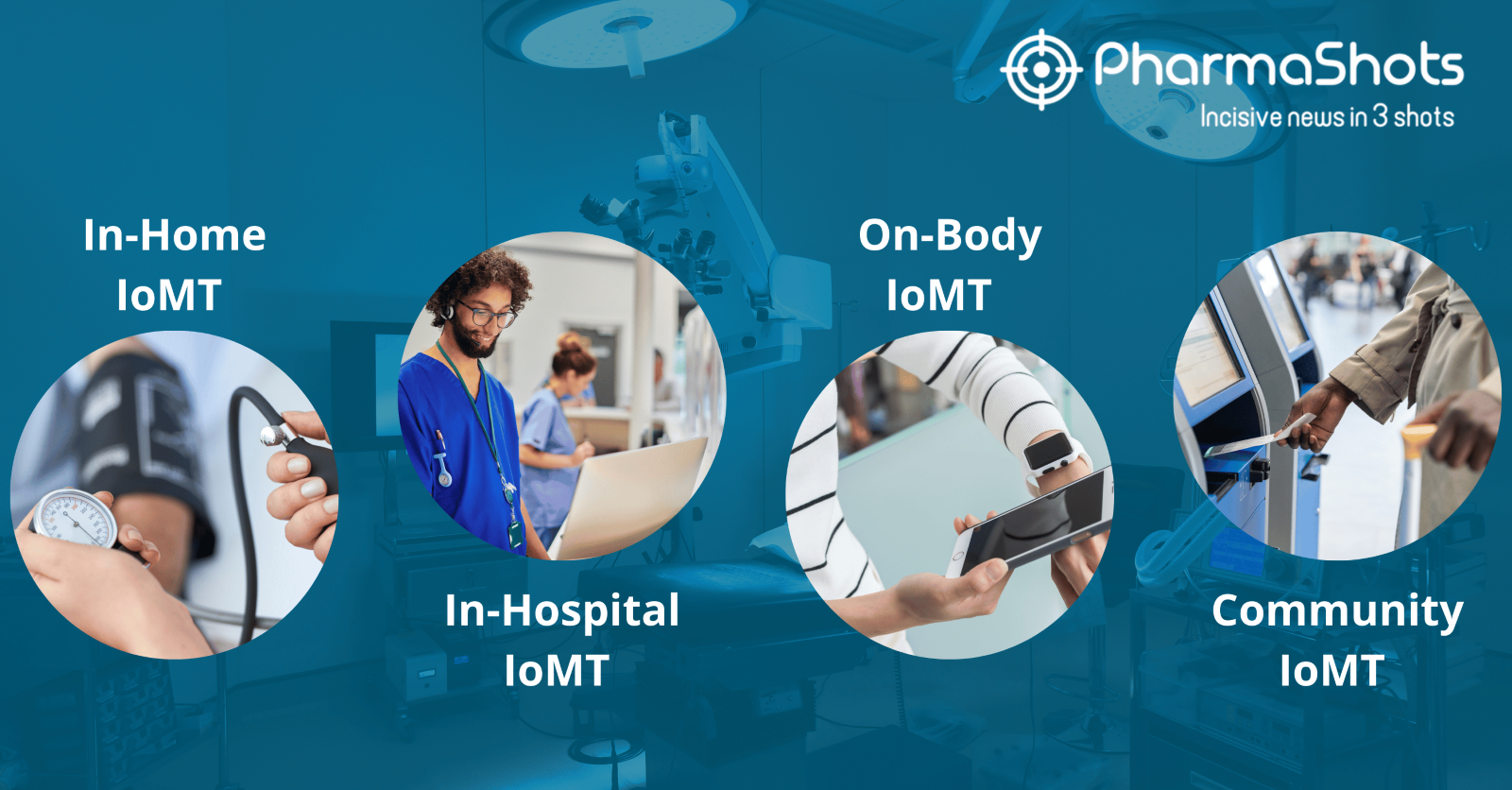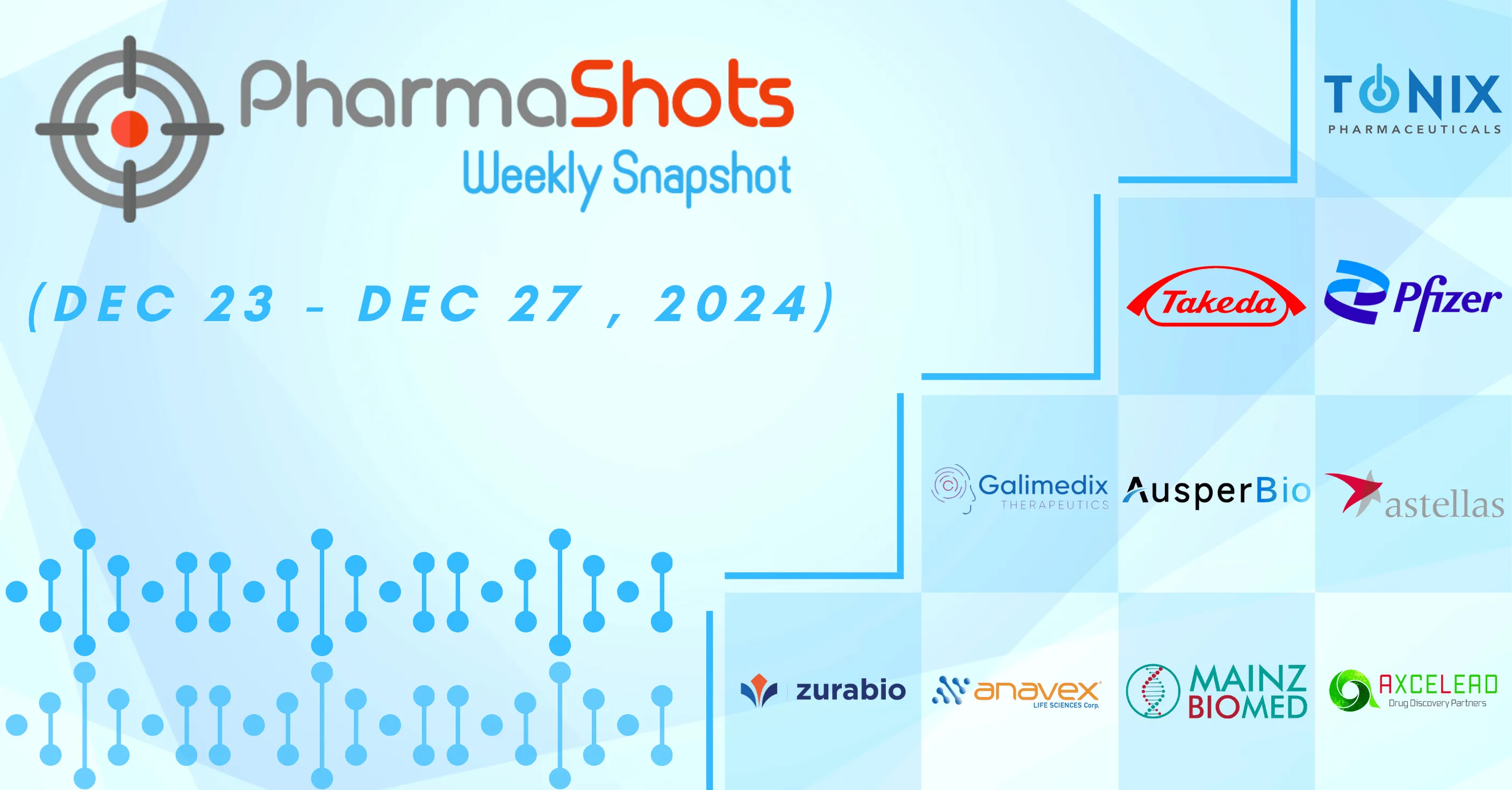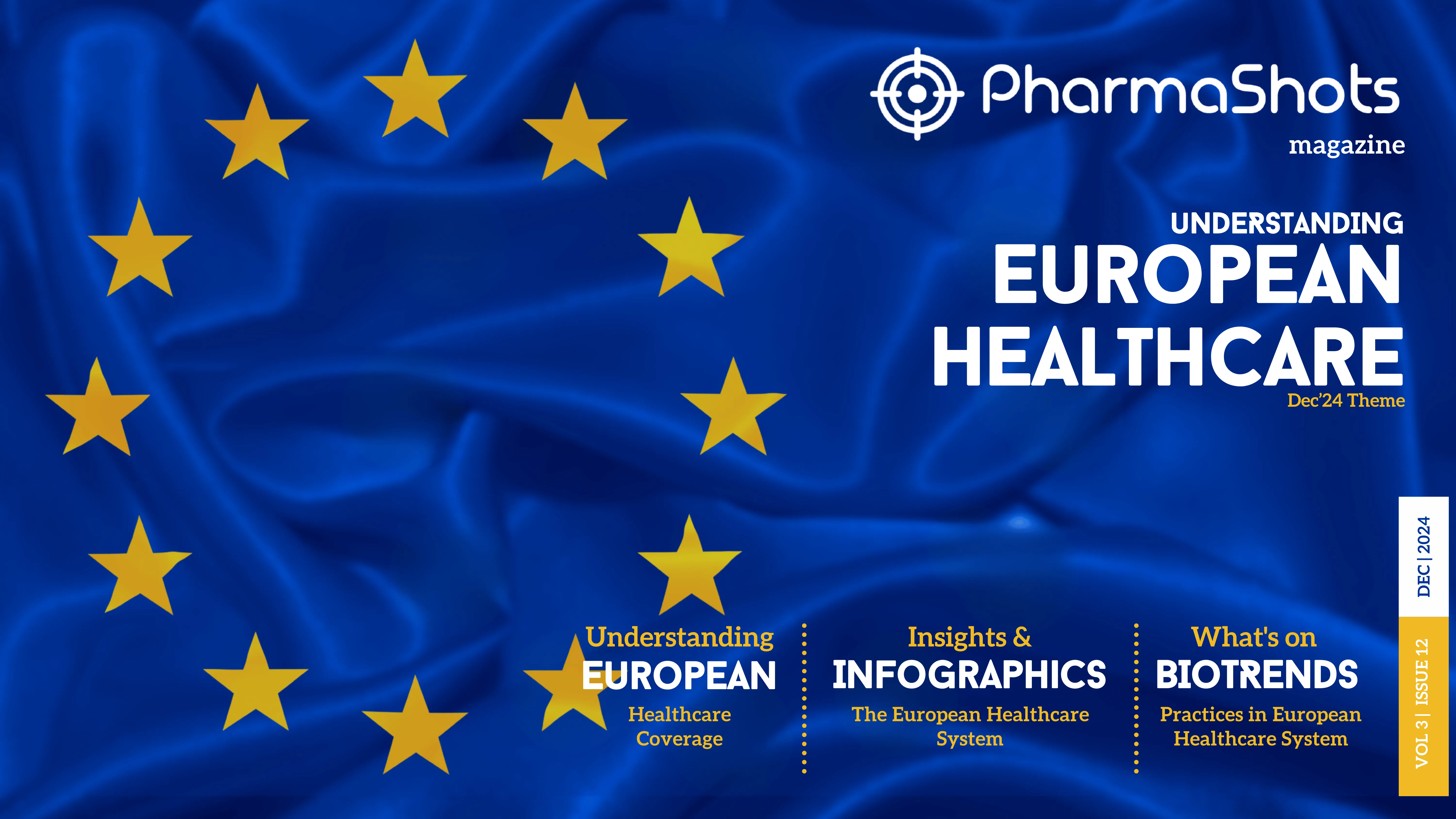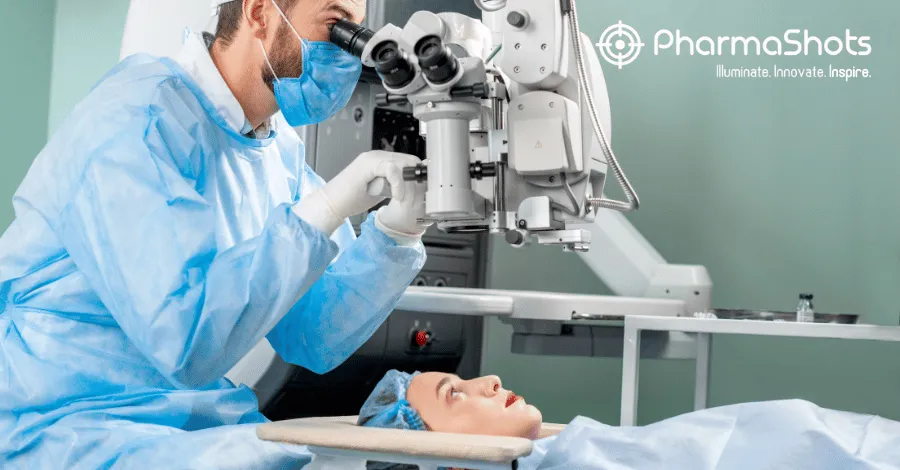
Redefining the Frontiers of Healthcare with IoMT
Shots:
-
The Internet of Medical Things, aka IoT in Healthcare, has put a profound impact on healthcare services and practices globally
-
In 2022, the global IoMT market was valued at $144.23B. The numbers are envisioned to reach $636.89B by 2030 with a CAGR of 20.4 percent
-
With this, article let’s navigate the IoMT, its importance in healthcare, its classification based on its wide range of applications, and the challenges
Driven by innovative transformations and technological advances, the healthcare industry is forging ahead at a noteworthy pace. With the advent of generative AI reshaping healthcare practices and self-diagnosis, there’s still plenty of room to cover the aspects of the internet in the healthcare industry. Today, with this engaging article, we will explore how the internet of medical things reshapes the biopharma and healthcare service industry. Before we embark on this journey of learning and discovery let’s first understand what the internet of medical things means. IoMT refers to the extensive network of internet-connected software applications, medical devices, and software applications that connect healthcare information technology. IoMT aka IoT in healthcare allows rapid and seamless analysis of medical through wireless and remote devices.
What’s the Fuss about IoMT?
Over the years, the Internet of medical things has shown a significant increase in popularity. In 2022, the global Internet of Medical Things market was valued at $144.23B and is anticipated to reach $636.89B by 2030 with a CAGR of 20.4 percent from 2023 to 2030. Advancements in medical devices are enhancing patient care with their inch-perfect medical data. The rise in the aging population and chronic diseases globally has registered an increase in demand for remote monitoring solutions.
Classifying IoMT based on their Use
Well, classifying, a wide assortment of medical devices and healthcare management solutions can be challenging. In this article, we have classified IoMT based on the applications in different premises.

In-Home IoMT
In this category, we have put medical devices that transmit pertinent healthcare medical data to an individual’s care provider. Using remote patient monitoring, care providers check the health of their patients at regular intervals skipping the arduous patient visits saving both time and resources. Devices that monitor blood pressure and oxygen saturation levels can be put in this category.
Using telehealth services for remote healthcare services and resolving minor healthcare issues offers flexibility to both patients and doctors.
In-Hospital IoMT
Under this category, we have put senor devices that help administrators keep track inpatient treatment process and scheduling. Using such IoMT sensors and tracking devices, administrators easily manage the supply of medical assets and help enhance the quality of care.
On-Body IoMT
Wearables that can be used in-home and outside settings to remotely track or monitor an individual’s health can be put in this category. Such wearables and medical devices also help identify early symptoms of diseases. For instance, apple watch that helps track standard metrics like heart rate can help detect irregular heart rhythms. Advanced glucose monitoring devices can be paired with smartphones to share data with healthcare providers.
Community IoMT
Under this category, we have put devices that are used to track and monitor the health of the community in general. For example, emergency response intelligence systems are widely used by paramedics to keep track of patients’ metrics outside the healthcare facilities. Kiosks in public places that dispense medicines can also be put in the category of community IoMT.
Challenges of IoMT
There are several challenges of IoMT. The primary one remains adhering to HIPAA privacy rules that protect the health data of consumers. Recently, the FDA issued a comprehensive guideline detailing cybersecurity Management in Medical Devices. Another significant challenge that must be addressed when it comes to IoMT is keeping up with technological advances. With the relentless pursuit of innovation, the medical device industry.
Conclusions & Perspectives
Ranging from logistics management & administration to keeping track of in-patient healthcare procedures & remote patient monitoring, IoMT has already showcased its disruptive presence in the healthcare market and is more likely to spur shortly. In addition to its wide spectrum of applications in healthcare services, IoMT has many more possibilities than you might think.
If you’re an IoMT company seeking support with competitor analysis, market entry points, unmet needs, and more, Octavus can assist you. Additionally, if you’re a pharmaceutical company looking to acquire or license digital therapeutics, digital solutions as therapy, or companion diagnostics, or if you’re a medical device giant aiming to expand your portfolio with digital products, feel free to reach out to the Octavus team at bd@octavusconsulting.com.
References: Ordr
Tags

Saurabh is a Senior Content Writer at PharmaShots. He is a voracious reader and follows the recent trends and innovations of life science companies diligently. His work at PharmaShots involves writing articles, editing content, and proofreading drafts. He has a knack for writing content that covers the Biotech, MedTech, Pharmaceutical, and Healthcare sectors.














